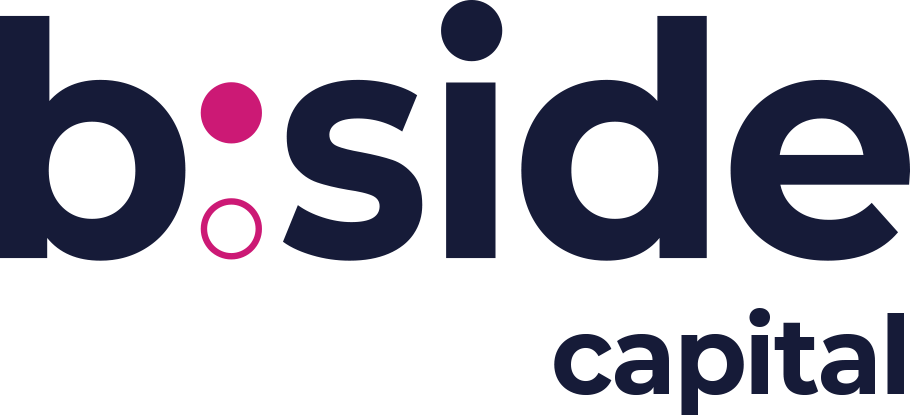Understanding the SBA 504 Prepayment Penalty
The SBA 504 program is a great financing solution to businesses seeking funds to purchase their commercial real estate for their small business or purchase heavy equipment. The program offers a fully amortizing term of 10, 20 or 25 years with a low, fixed interest rate, currently starting at 5.765%. In addition to the attractive terms, the SBA 504 program also minimizes the down payment the business is required to put towards the purchase, with equity required as low as 10%.
As a quick refresher, the SBA 504 program combines lender (bank or credit union) financing with SBA financing. Typically, the lender provides a first Deed of Trust or Mortgage for 50% of the financing and the SBA provides a second Deed of Trust or Mortgage for up to 40% of the financing. The remaining 10% is funded by the borrower, which could be personal or business cash along with seller or additional financing, or a combination of these.
As borrowers compare the SBA 504 program with SBA 7(a) or conventional financing, one point of consideration is the 504 program prepayment penalty. However, there is often misconception on what is included in the fee.
Here’s the breakdown:
The 20 and 25-year debentures have a 10-year declining prepayment penalty. The 10-year debenture has a 5-year declining prepayment penalty.
The penalty is based on the loan debenture rate, which is lower than the effective interest rate quoted on B:Side Capital’s website. For example, the 25-year 504 effective rate for September 2024 is 5.765%. The prepayment penalty would be based on the lower debenture rate of 4.45%.
The penalty declines in an accelerated fashion. If your SBA 504 loan funded in September 2024 when the debenture interest rate was 4.45%, your prepayment penalty in the first year is 100% of 4.45% multiplied by the outstanding balance on your loan. In the seventh year, the prepayment penalty would be 40% of 4.45% multiplied by the outstanding balance on your loan. This assumes a 20 or 25-year total debenture term.
The SBA 504 prepayment penalty is only charged on the SBA second Deed of Trust or Mortgage balance. It is not charged on the lender’s first mortgage.
If the business wants an option to accelerate repayment, in many cases the business can pay larger amounts on the lender first Deed of Trust or Mortgage, which may be at a higher interest rate than the SBA 504 loan.
The SBA 7(a) loan program includes a 3-year prepayment penalty for loans with a 15-year term or longer. The prepayment is triggered when the small business prepays more than 25% of its loan in one year during the first three years after first disbursement. The fee is 5% of the prepayment amount during the first year, 3% during the second year, and 1% within the third year. As the SBA 7(a) program is structured with just one loan, the prepayment penalty is based on the gross loan balance. If the borrower choses lender financing without any SBA support, the bank or credit union may include a prepayment penalty.
As different financing options are considered, the interest rate, terms, fees, collateral required, and prepayment penalty are important items to compare. B:Side Capital is happy to provide an SBA 504 project illustration to reflect the project costs and proposed financing structure and can even provide an illustration comparing the SBA 504 and 7(a) loan programs.
The SBA 504 loan program can be a great fit for a small business looking to purchase, construct or refinance an owner-occupied commercial real estate or purchase long term equipment. The low, fixed rate interest and fully amortizing term up to 25-years can help the business realize a low monthly payment, combined with the lender’s financing.
For additional training support, click here or reach out to our team at loanproduction@bside.org.
